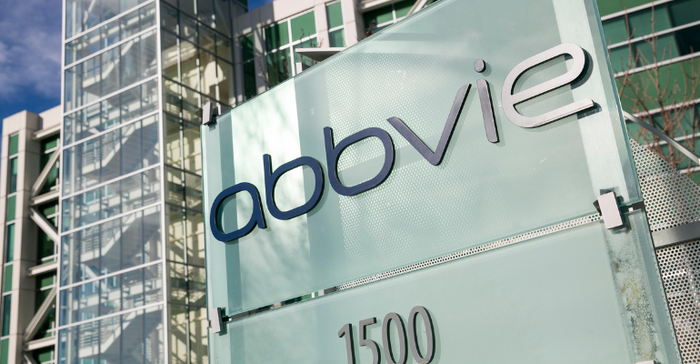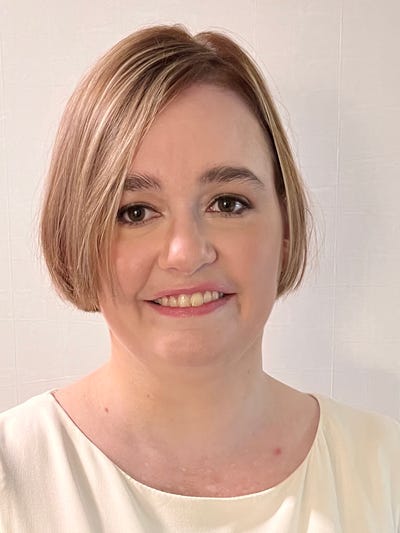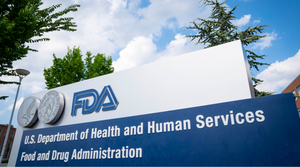This Biopharma Offspring Is All Grown Up
Trivia Tuesday: Which 2012 biopharma spinoff is now larger than its former medtech parent company?
November 8, 2022

One of the most memorable Abbott moments under former CEO Miles White, was the company's AbbVie spinoff in 2012.
Today, AbbVie is larger than Abbott, with a market cap of over $285 billion. The company produces about 26 drugs, including Imbruvica, Lupron, and Humira, which accounts for roughly 37% of its revenues. In 2019, AbbVie shelled out $63 billion to acquire Allergan, the manufacturer of Botox.
The research-focused biopharmaceutical company took with it all of Abbott's big-name drugs, including Humira, a product worth about $8 billion at the time.
Investors were concerned at first that the spinoff was Abbott's way of not having to deal with the looming patent expiration of Humira. The blockbuster anti-inflammatory drug represented about half of the drug division's sales prior to the split, but the U.S. patent expired in 2016 and international patents expired in 2018.
Abbott's investors eventually came around, however, once they saw that Abbott was committed to fortifying the drug pipeline leading up to the spinoff with new treatments for arthritis and hepatitis C.

Venkat Rajan, who was a global director of research at Frost & Sullivan at the time (Rajan is now at 3M, according to his LinkedIn profile), told MD+DI the split made a lot of sense given the vastly different business models for the two divisions. Rajan pointed to sizable differences in R&D, testing, product lifecycles, commercialization, and intellectual property. The regulatory paths of pharmaceutical products and medical devices are also very dissimilar, he noted.
When the two branches were together, it made it hard for Abbott's device segment to really compete with the company's pharmaceutical arm.
"The pharma business is so big that strong growth of the device segment would get lost," Rajan said. When the two branches were together, "it was kind of hard for the device segment to move the ticker in terms of growth."
The split also gave investors a better picture of what was happening at the company, he added, while also emphasizing that the split was not likely motivated by an attempt to separate a less successful business segment.
"This wasn't like Netflix's move to downplay its DVD business," he said. "I don't think one was dragging down the other. They are just so different."
About the Author(s)
You May Also Like




